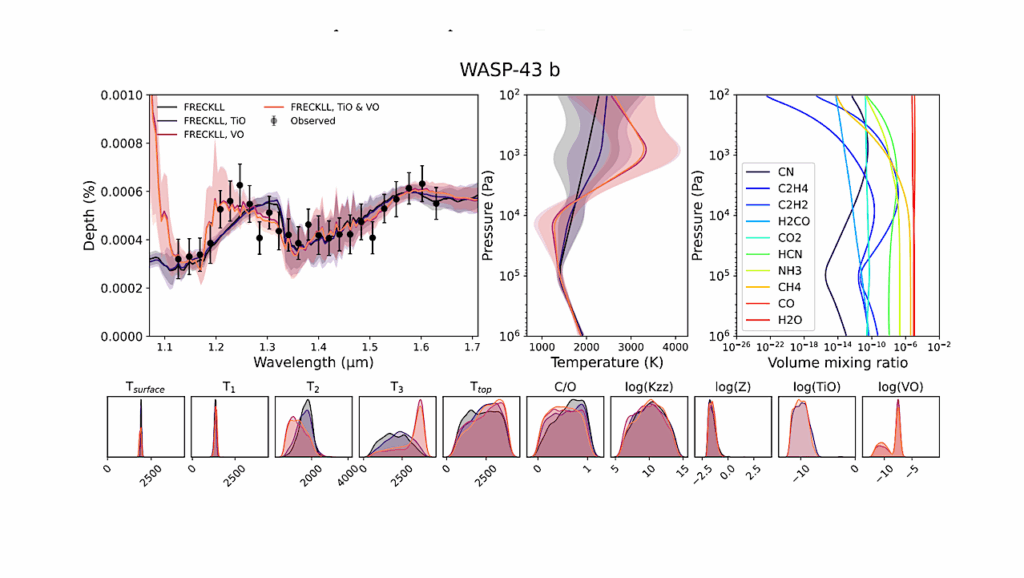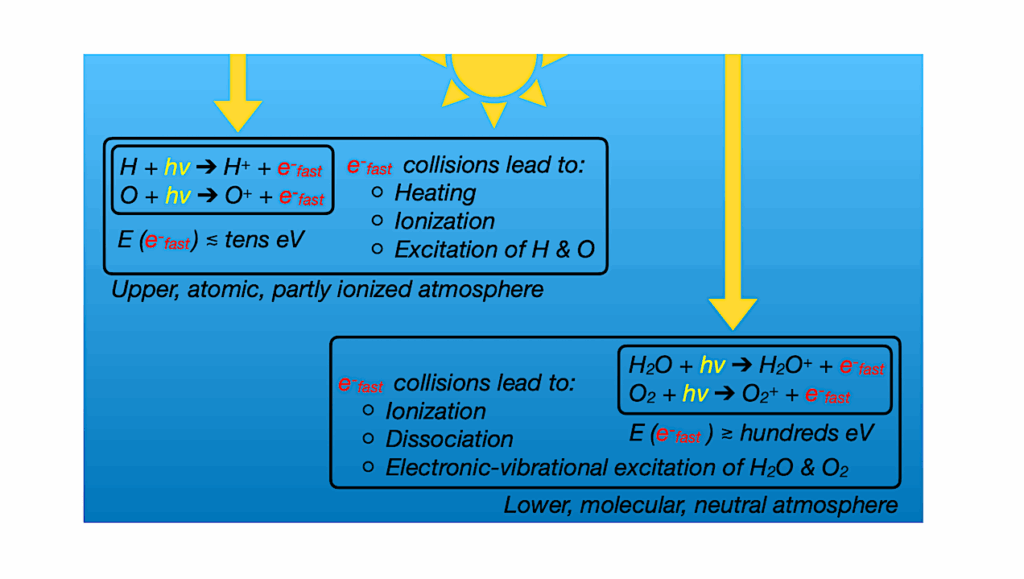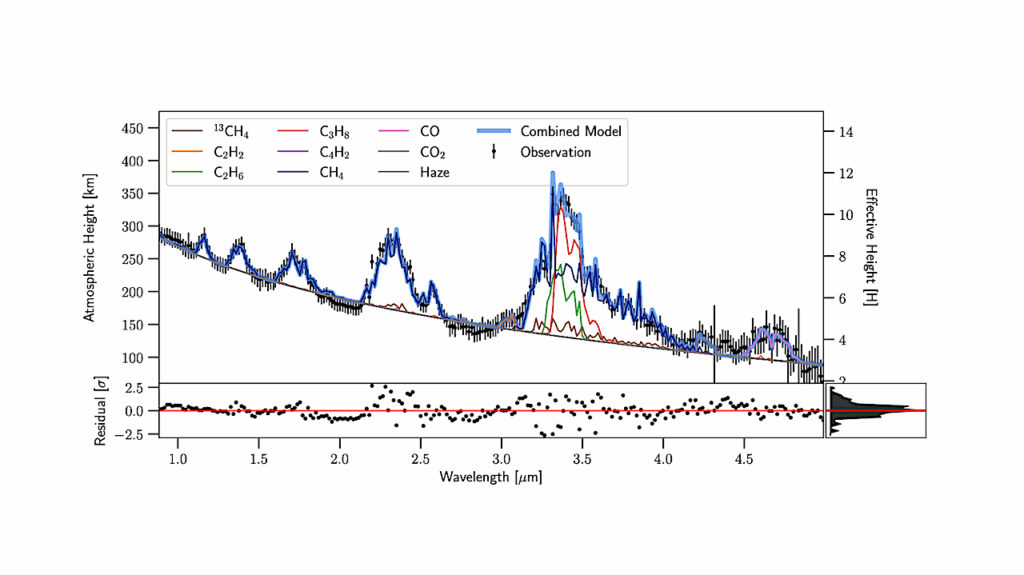FlopPITy: Enabling Self-consistent Exoplanet Atmospheric Retrievals With Machine Learning

Interpreting the observations of exoplanet atmospheres to constrain physical and chemical properties is typically done using Bayesian retrieval techniques.
Because these methods require many model computations, a compromise is made between model complexity and run time. Reaching this compromise leads to the simplification of many physical and chemical processes (e.g. parameterised temperature structure).
Here we implement and test sequential neural posterior estimation (SNPE), a machine learning inference algorithm, for exoplanet atmospheric retrievals. The goal is to speed up retrievals so they can be run with more computationally expensive atmospheric models, such as those computing the temperature structure using radiative transfer.
We generate 100 synthetic observations using ARCiS (ARtful Modeling Code for exoplanet Science, an atmospheric modelling code with the flexibility to compute models in varying degrees of complexity) and perform retrievals on them to test the faithfulness of the SNPE posteriors. The faithfulness quantifies whether the posteriors contain the ground truth as often as we expect.
We also generate a synthetic observation of a cool brown dwarf using the self-consistent capabilities of ARCiS and run a retrieval with self-consistent models to showcase the possibilities that SNPE opens. We find that SNPE provides faithful posteriors and is therefore a reliable tool for exoplanet atmospheric retrievals.
We are able to run a self-consistent retrieval of a synthetic brown dwarf spectrum using only 50,000 forward model evaluations.
We find that SNPE can speed up retrievals between ∼2× and ≥10× depending on the computational load of the forward model, the dimensionality of the observation, and the signal-to-noise ratio of the observation. We make the code publicly available for the community on Github.
Francisco Ardévol Martínez, Michiel Min, Daniela Huppenkothen, Inga Kamp, Paul I. Palmer
Comments: Accepted for publication at A&A
Subjects: Earth and Planetary Astrophysics (astro-ph.EP); Instrumentation and Methods for Astrophysics (astro-ph.IM); Machine Learning (cs.LG)
Cite as: arXiv:2401.04168 [astro-ph.EP] (or arXiv:2401.04168v1 [astro-ph.EP] for this version)
https://doi.org/10.48550/arXiv.2401.04168
Submission history
From: Francisco Ardevol Martinez
[v1] Mon, 8 Jan 2024 19:00:02 UTC (825 KB)
https://arxiv.org/abs/2401.04168
Astrobiology,








